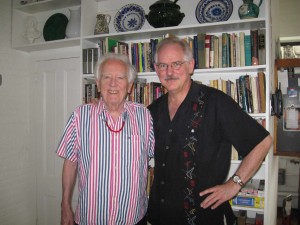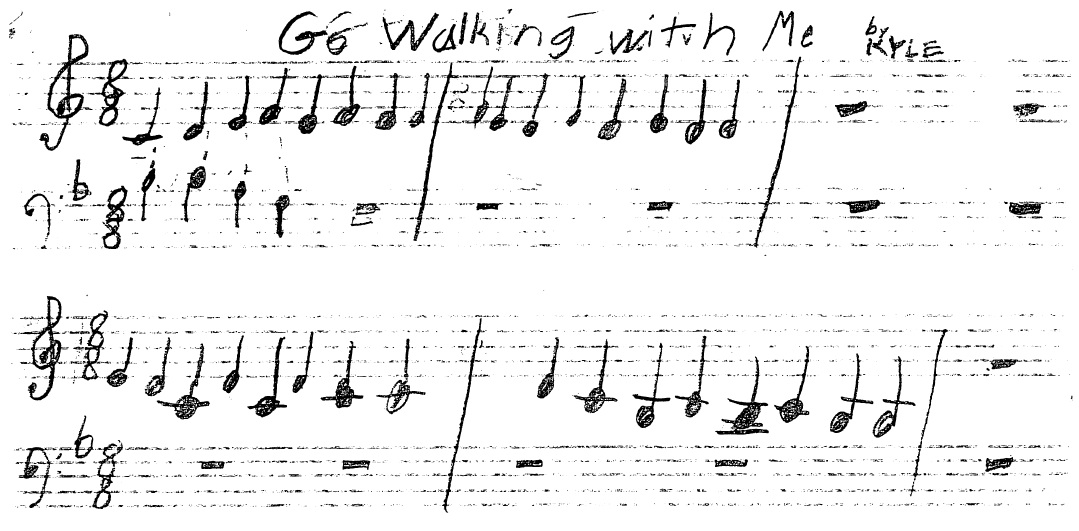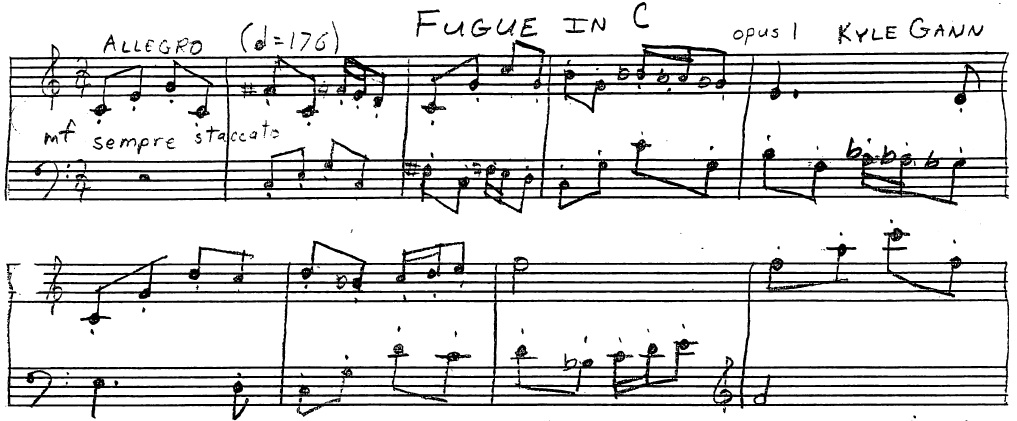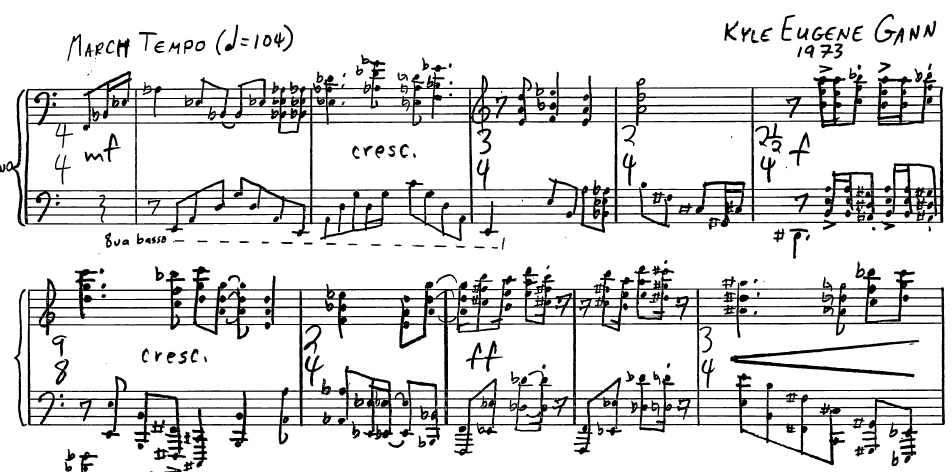This comment on the Concord Sonata by John Kirkpatrick, included by him in a July 25, 1937, letter to Ives, is very perceptive, attests to the depth of Kirkpatrick’s aesthetic taste, and is well worth keeping in mind given the occasional charges of formlessness (unjustly) brought against the work:
I don’t know any long work that is so triumphantly sure in the instinctive justness of its timing – and it’s not a piece that has anything to do with nice balances, but the kind of rhapsodic outburst of strong substances that ordinarily makes for disappointing proportion as in Emanuel Bach or betrays the effort of adjustment as in Beethoven. But this treats its subjects in great free round shapes of music that move or plunge into each other with obvious spontaneity, and yet when one gets off at a distance and looks at it in perspective, there is no aspect of it that does not offer an ever fresh variety of interesting cross relation and beautifully significant proportion.
– Tom C. Owen, Selected Correspondence of Charles Ives, pp. 256-7




